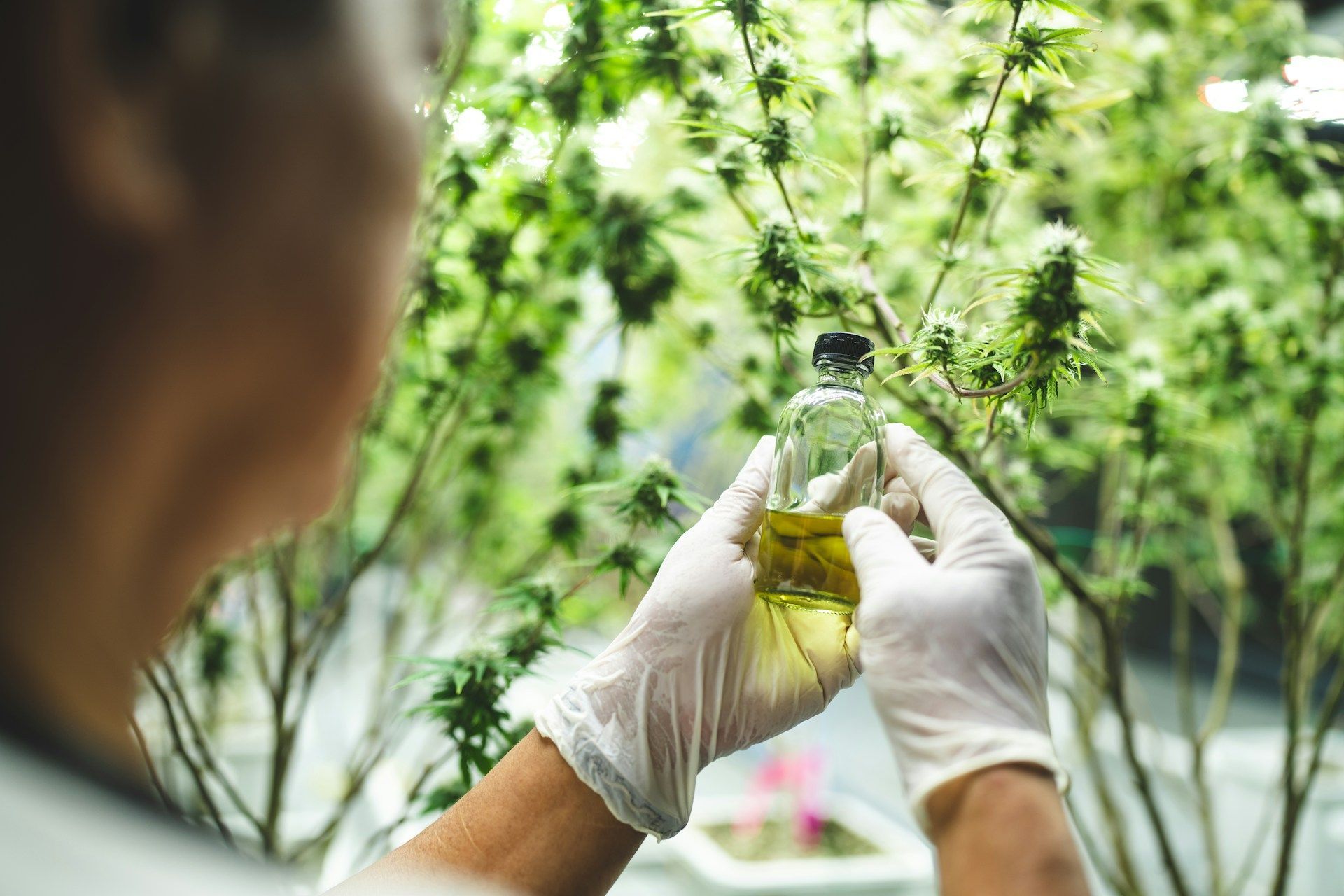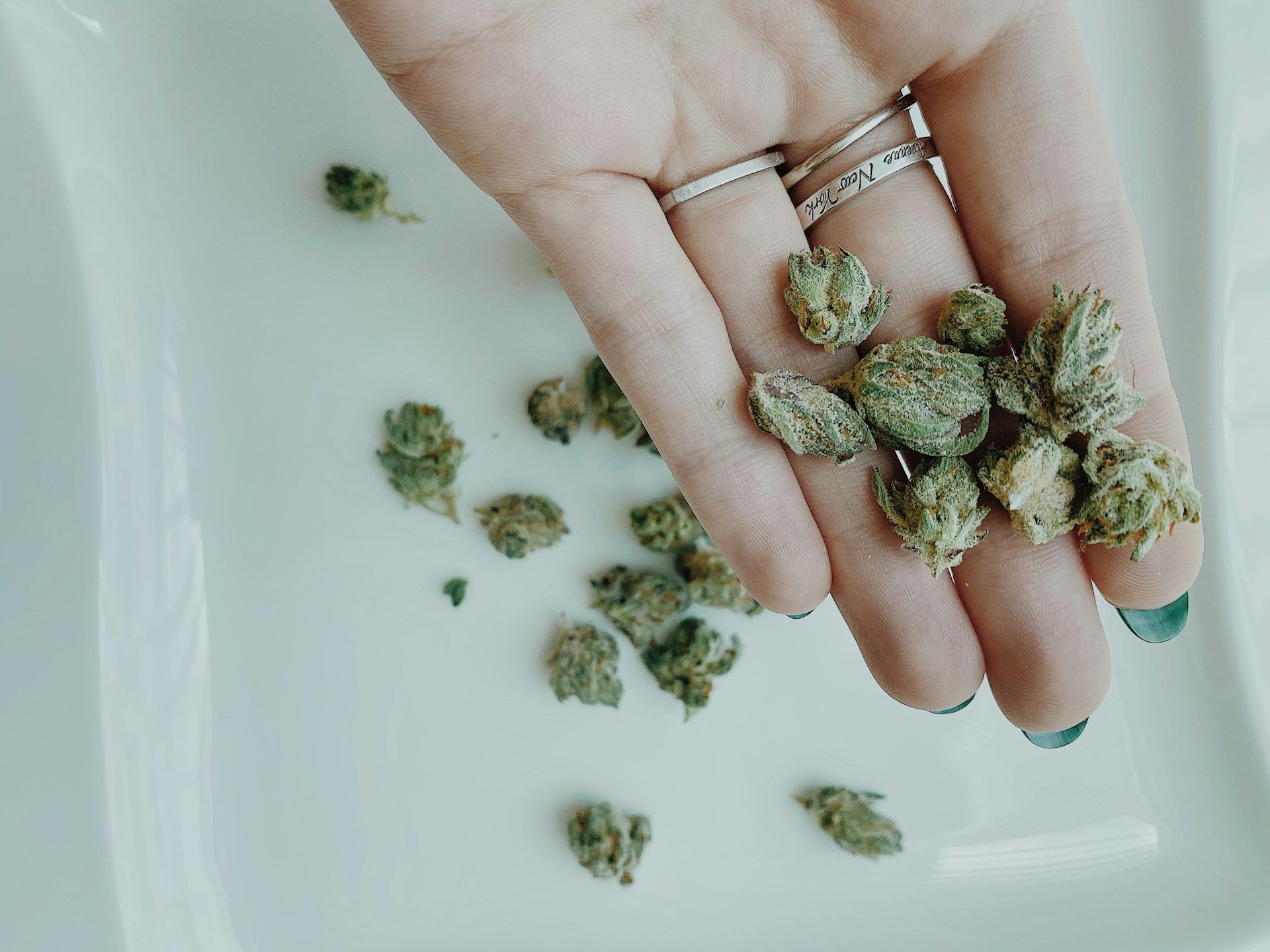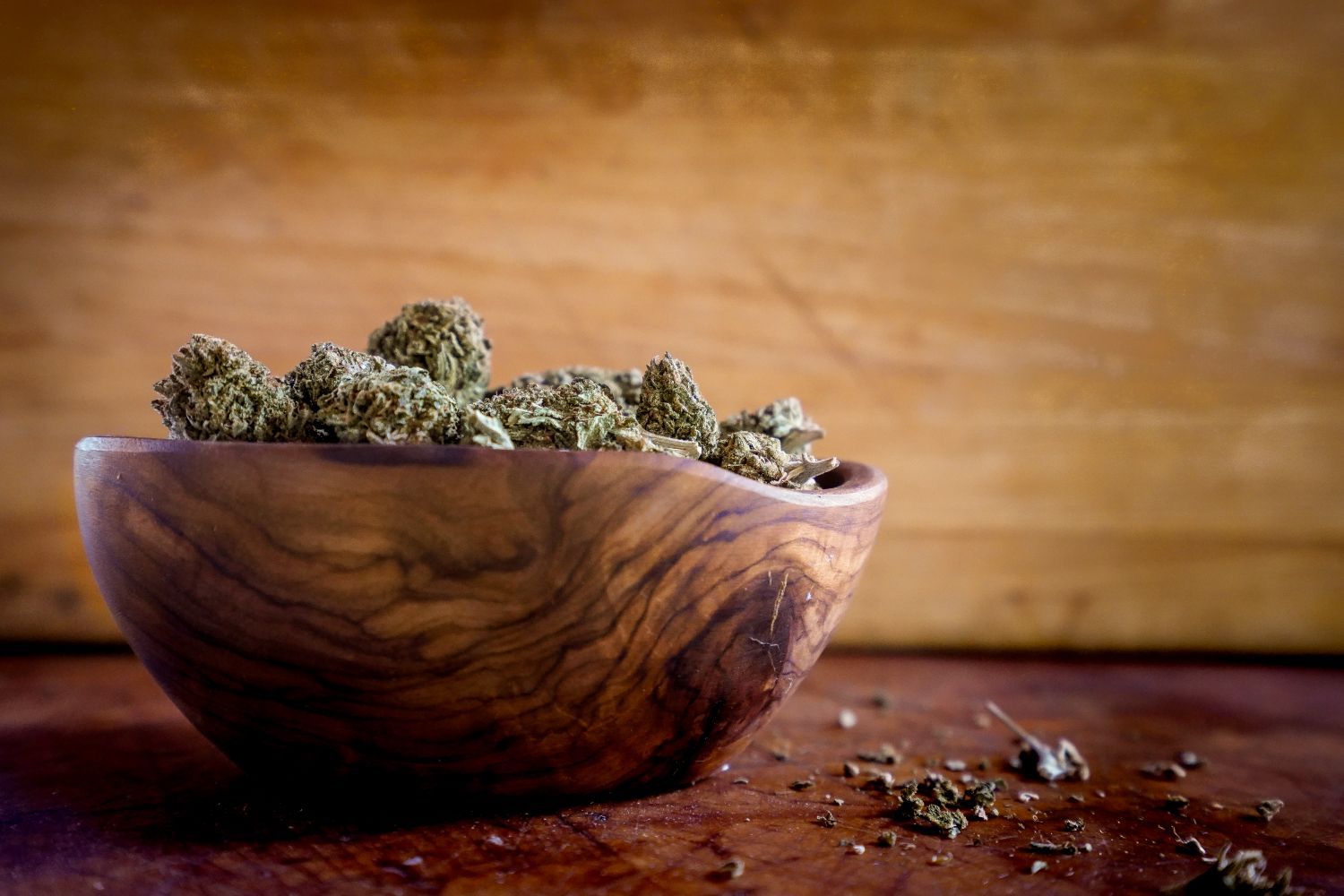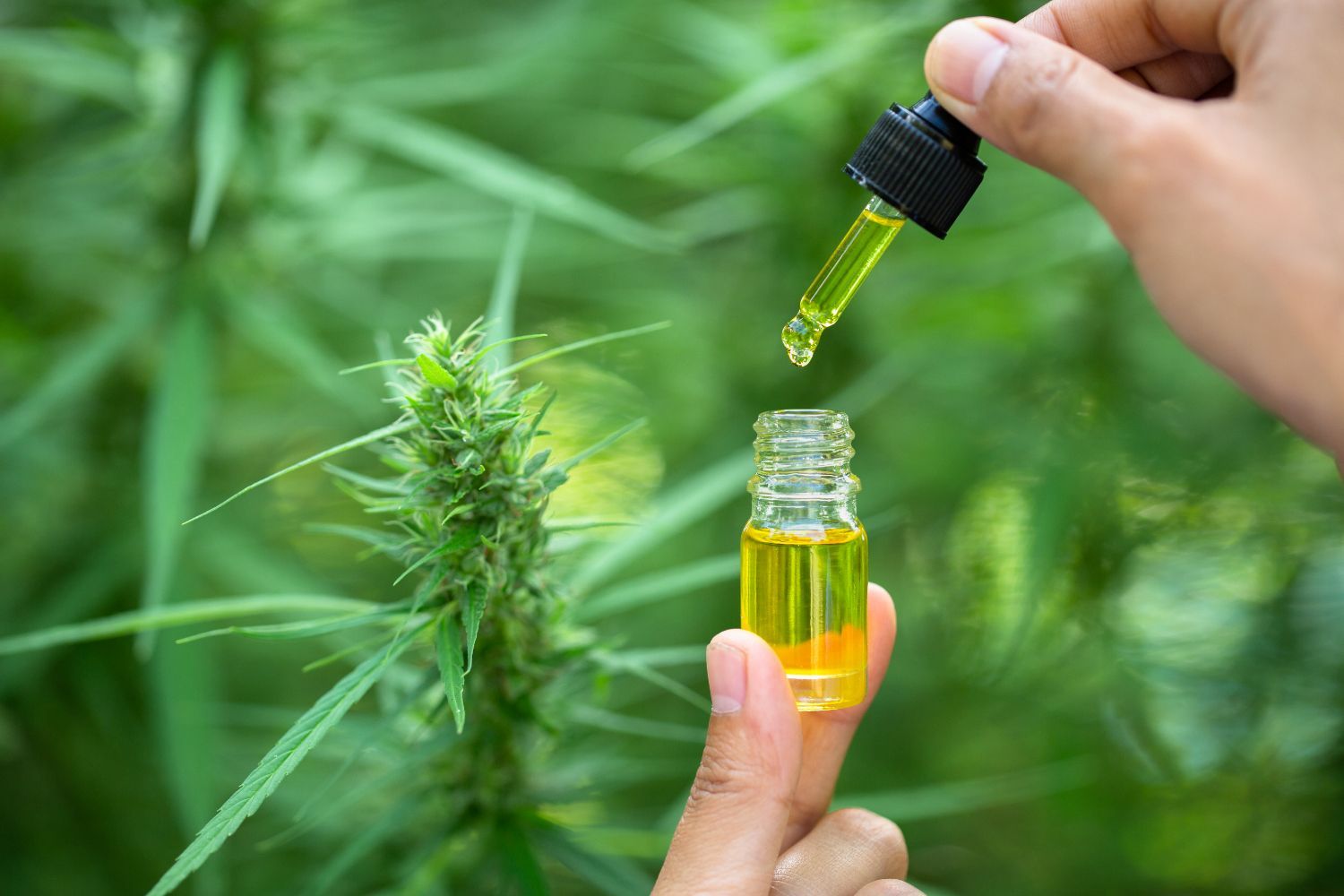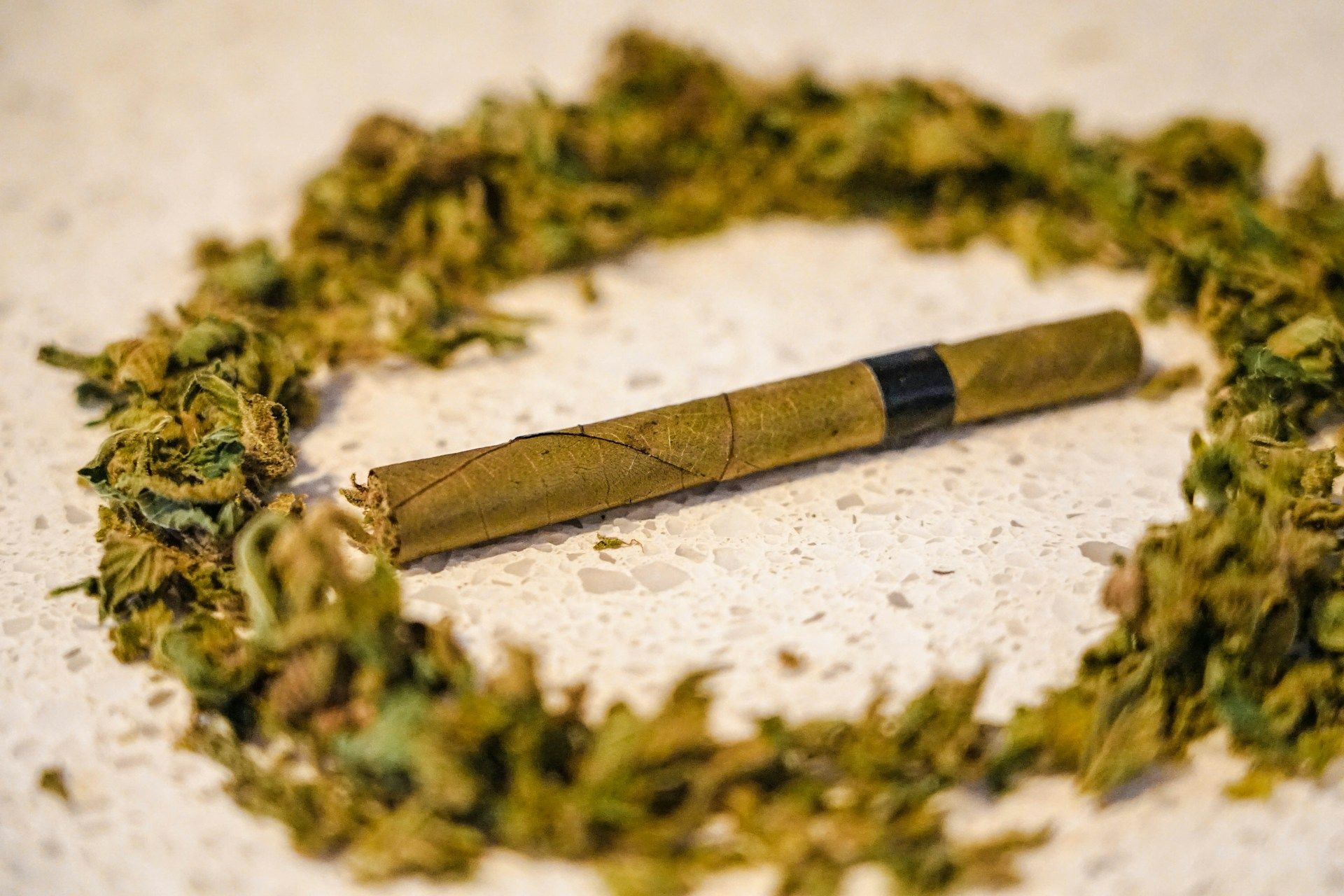Understanding the Basics of Medical Marijuana
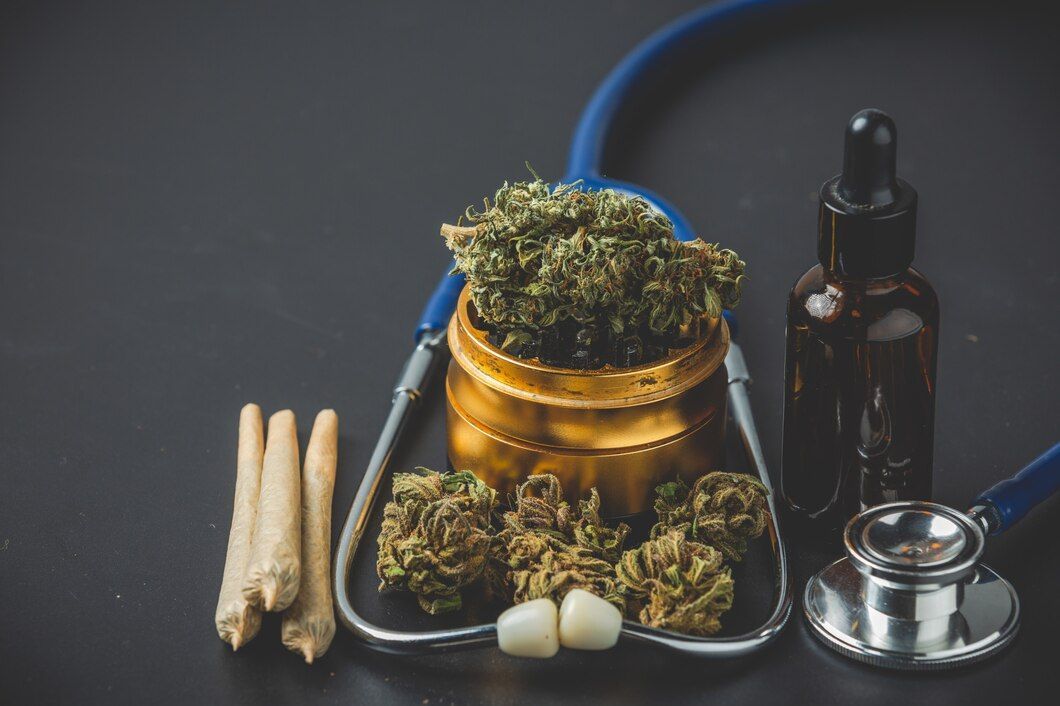
Medical marijuana is often a topic of interest as more people look for alternative ways to address their wellness needs. Understanding what medical marijuana is and how it is used can help navigate this complex but exciting field. It represents a growing field that offers diverse options for those seeking different approaches to traditional medicine.
The components of medical marijuana, such as CBD and THC, play distinct roles in its effectiveness. These elements come together to offer unique benefits, sparking curiosity about how they work. As more research is conducted, knowledge about these components expands, making it essential to stay informed.
With varying laws and regulations across different regions, knowing the legal landscape ensures compliant and responsible use. As the dialogue around medical marijuana evolves, having a basic understanding becomes increasingly important to engage meaningfully with the topic. This guide aims to illuminate the key aspects of medical marijuana, helping you make well-informed decisions.
What is Medical Marijuana?
Medical marijuana refers to the use of cannabis plants for therapeutic purposes. It has been used for centuries to help with various conditions, though today, its application is more controlled and specific. While many people think of marijuana as something people smoke, medical marijuana comes in many forms, offering versatile ways to incorporate it into a healthcare regimen.
The cannabis plant contains various compounds known as cannabinoids, each potentially offering unique benefits. Two of the most known cannabinoids are THC (tetrahydrocannabinol) and CBD (cannabidiol). These components are extracted from the plant and used to create a variety of products tailored for medical use. Different strains of the plant may be cultivated to enhance specific effects, making them suitable for treating particular symptoms.
Forms of medical marijuana include:
- Oils: Often taken sublingually (under the tongue) for quick absorption.
- Edibles: Infused foods like gummies or chocolates, offering a discreet consumption method.
- Tinctures: Alcohol-based extracts often mixed with water or other beverages.
- Topicals: Lotions or balms applied directly to the skin for localized relief.
Understanding what medical marijuana is and the forms it can take allows patients to choose the method of administration best suited to their needs. As regulations continue to develop, the options for medical marijuana use expand, providing more tailored and accessible alternatives for those seeking relief.
Key Components of Medical Marijuana
Medical marijuana is made up of various active ingredients called cannabinoids. These are natural compounds found in the cannabis plant. The two main cannabinoids are THC and CBD, both of which have different effects and benefits.
THC, or tetrahydrocannabinol, is the component that can alter mood and perception. It's often associated with the "high" feeling and is used for its pain-relieving and appetite-stimulating properties.
CBD, or cannabidiol, offers a different range of benefits without the psychoactive effects. It's known for its calming properties and is often used to help manage stress. CBD can be found in many products like oils, capsules, and creams, making it easy to incorporate into daily life.
Understanding these components helps users select the right type of product. Here are some key points to consider:
- THC may help with chronic pain and appetite issues.
- CBD is often chosen for stress-relief and general wellness.
- The ratio of THC to CBD can vary, affecting the overall experience.
Each person’s response to cannabinoids can differ, so it's important to find the balance that works best for individual needs. The ability to mix THC and CBD, depending on desired results, allows for customized use, enabling users to take full advantage of medical marijuana's potential benefits.
How Medical Marijuana is Used
Medical marijuana finds its way into people's routines through various practical uses tailored to meet specific needs. Methods of using medical marijuana range from ingesting, inhaling, and topical applications, each offering unique benefits.
Ingestion involves consuming edibles or capsules. Edibles include foods like brownies and gummies, which are infused with cannabis. This method takes longer to take effect but provides longer-lasting results. Capsules also offer a tasteless and straightforward way to consume cannabis.
Inhalation is one of the quickest methods to feel the effects. This includes smoking the dried plant or using a vaporizer. Vaporizers heat the cannabis to release active compounds without burning the plant material, which some believe offers a smoother experience.
Topical applications like creams, lotions, and balms are another popular option. They are rubbed directly onto the skin where they may help localize the effects to specific areas. These products are often chosen by those who prefer not to ingest or inhale cannabis.
Each method has its own onset time and duration, so users often choose based on personal preference or specific needs. Understanding how to use medical marijuana effectively ensures that individuals can make the most of their cannabis experience.
Current Regulations and Legal Considerations
Regulations governing medical marijuana are complex and vary by location. Medical marijuana laws decide who can use it, how it can be used, and where it can be purchased. These rules aim to ensure safe and responsible use while limiting misuse and illegal activities.
To access medical marijuana legally, most states require participants to obtain a medical marijuana card. This involves getting approval from a licensed doctor who can verify the patient's medical need for cannabis. The card allows patients to purchase marijuana from authorized dispensaries.
Specific regulations often include guidelines like:
- Limitations on quantities: States usually set limits on how much medical marijuana can be purchased or possessed at any given time.
- Approved medical conditions: Some states only allow medical marijuana for specific conditions like chronic pain or epilepsy.
- Legal age: Patients must generally be 18 or older, although minors may use medical marijuana with parental consent under certain conditions.
Legal considerations also cover where cannabis can be used. Generally, public places are off-limits, and use is restricted to private settings to avoid unwanted exposure or legal issues.
Keeping up with evolving laws is important to stay compliant. Being informed helps protect against inadvertent legal breaches while allowing patients to benefit from medical marijuana safely and responsibly.
Conclusion
Understanding the basics of medical marijuana helps demystify a subject that is often surrounded by questions and misconceptions. By knowing what medical marijuana is, the components that make it effective, the diverse methods of using it, and the legal landscape surrounding it, individuals can engage more meaningfully with this powerful plant. Education is key in navigating the ever-evolving world of medical cannabis.
The myriad of ways medical marijuana can be incorporated into daily routines highlights its versatility and adaptability. Whether seeking relief from chronic conditions or exploring alternative wellness options, medical marijuana presents a viable path for many.
The legal aspects of medical marijuana require attention and understanding. Staying informed about current regulations ensures that users can take advantage of its benefits without encountering legal complications. Respecting the laws and using medical marijuana responsibly contributes to a safe, informed community.
Looking to explore the potential of medical marijuana further? Check out Flower Power Experience, a cannabis dispensary, to discover a range of products that align with your needs. Our team is ready to make your cannabis journey informative and enjoyable, offering insights and guidance every step of the way.


